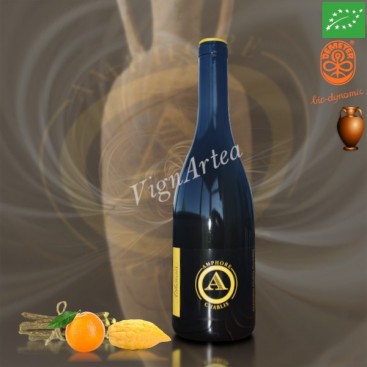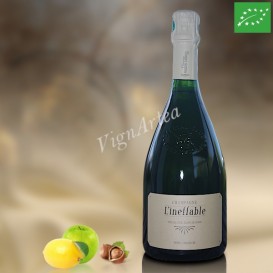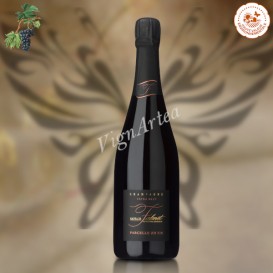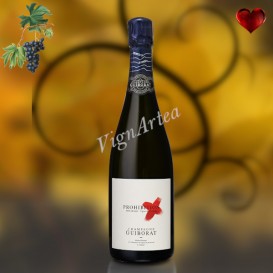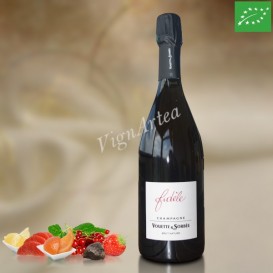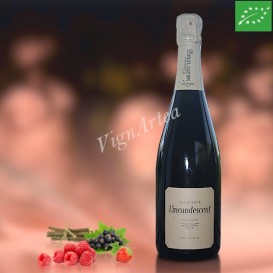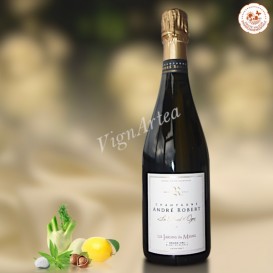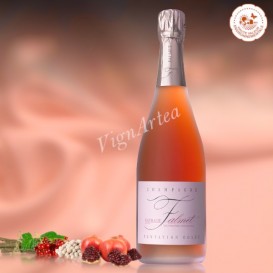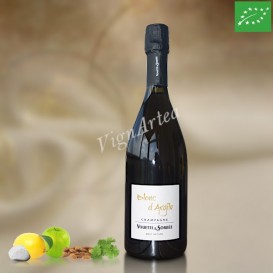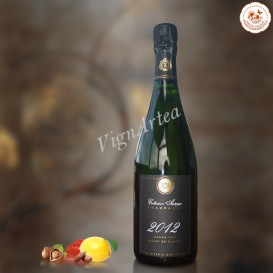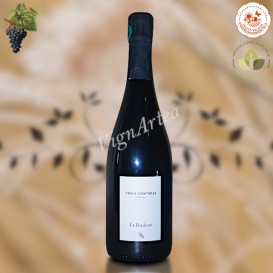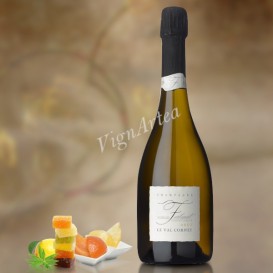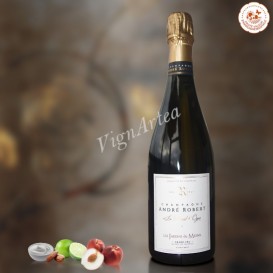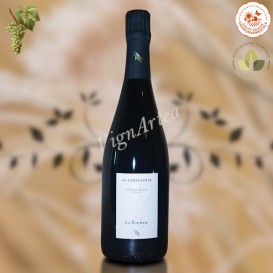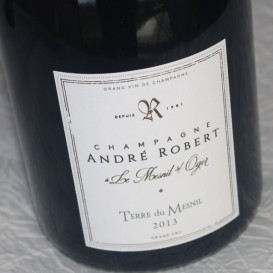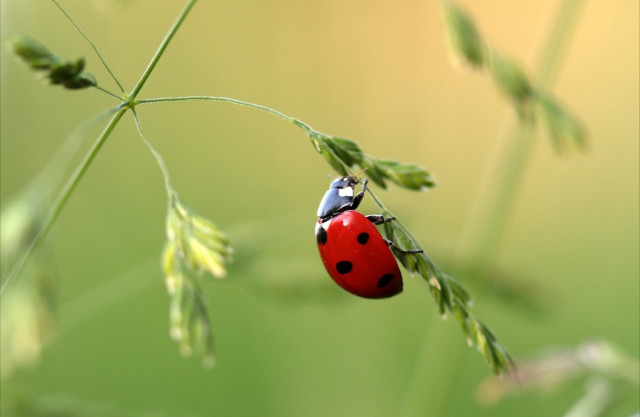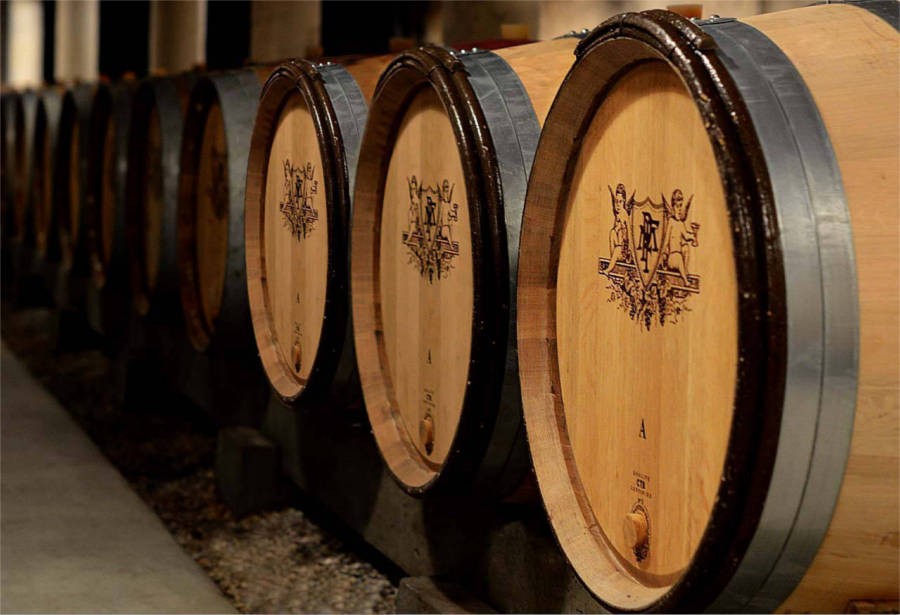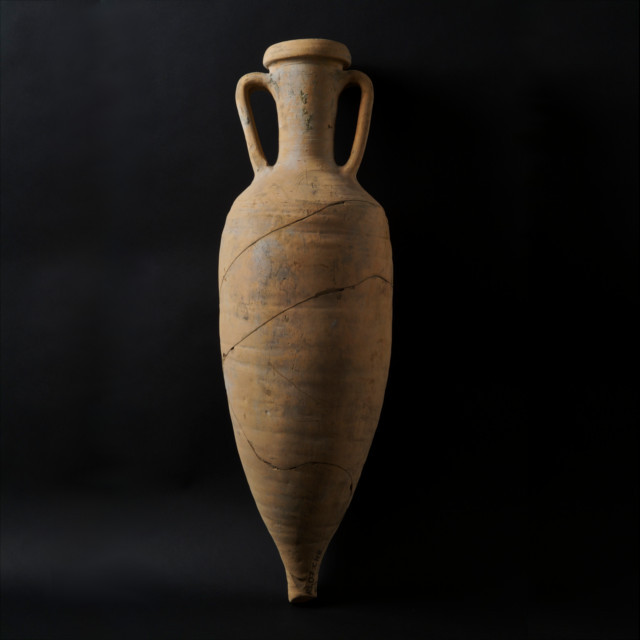AMPHORE CHABLIS 2017-2018 (Athénaïs de Béru)
BURGUNDY - AOP CHABLIS - ORANGE WINE
Grape variety: Chardonnay (100%)
Biodynamics Native yeasts No added sulphites Skin maceration in clay amphorae
- Nose: delicious aromas of orange and citron with a touch of liquorice.
- Palate: fresh and the tonic. Full, digestible and incredibly saline juice!
Tasting date: April 2021
OUR OPINION: saline - fresh - smooth. Decanting this wine is essential, 3 hours are needed for it to open. It is very, very far from the Chablis standards, but it is a very nice discovery!
AMPHORE CHABLIS a new cuvée produced at Château de Béru: it is a Chardonnay wine vinified entirely in amphora with skin maceration, it is an orange wine, a rarity in the Chablis region!
TERROIR
The grapes used for the AMPHORE CHABLIS wine come from the different parcels of the estate and thus from the two main terroirs, namely :
- a soil made from calcaires du Barrois dating from the the Portlandian (now called Tithonian), a geological stage that marks the transition between the end of the Upper Jurassic and the beginning of the Lower Cretaceous. It is also a period during which the seas gradually retreated from the continents. Under the effect of the level drop and a better oxygenation of the waters, the usually marly sediments of the Jurassic give way to carbonate deposits called 'calcaires du Barrois'. These consist of an upper layer of so-called 'sublithographic' limestone, i.e. with a clay content of only 5 to 6%. This relatively hard limestone layer covers a second lower layer of vertically fissured limestone separated by beds of white marl.
- a soil of marls and limestones dating from the Kimmeridgian (155 to 150 million years ago), a geological stage of the Upper Jurassic period during which the Burgundy region was covered by warm and shallow waters, favouring marl-limestone sedimentation characterised by alternating marls and marly limestones rich in small fossilised oysters, the Exogyra Virgula.
WINEGROWING & WINEMAKING
Very close to the nature surrounding her, Athénaïs de Béru pampers its certified organic vines by following the Biodynamic principles. Without phytosanitary treatments, the grape skin is particularly rich in yeasts and bacteria essential for the fermentations smooth running. To avoid excessive handling, the grapes are harvested manually and sorted directly in the vineyard.
When they arrive at the winery, the grapes are destemmed by hand so as not to damage their integrity, then they are put to macerate in 400-litre Tinajade terracotta amphorae.
The skin maceration lasts about two to three weeks, the marc is stirred from time to time by hand and delicately in order to let the berries infuse and to avoid a too strong extraction of the components.
The alcoholic fermentation takes place during the maceration phase in the presence of the native yeasts.
Once the skin maceration is over, the juice is racked into an other 400-litre Tinajade terracotta amphorae and the marc is pressed. The press juice is added to the free-run juice in the amphora. The must is then matured in the Tinajade for 12 months, and then racked into oak barrels for an extra 12 months ageing phase.
No sulphites were added during the entire vinification process.
AMPHORE CHABLIS is composed of the 2017 and 2018 vintages which were blended a few weeks before bottling. This means a total ageing period of 33 months for the 2017 vintage and 21 months for the 2018 vintage, i.e. an average ageing period of 27 months. Bottling was done in June 2020 without fining or filtration.
| Country | Burgundy |
| Color | White |
| Orange wines | Yes |
| Clay amphorae wines | Yes |
| Type | Dry |
| Capacity | 75 cl |
| Single Grape Variety | Chardonnay |
| Blend | Vintages 2017 & 2018 |
| Alcohol rate | 13 % |
| Quality Designation | Chablis |
| Cellar Potential | 10 years |
| Service advise | 12-14°C (54-57°F). Decant the wine 3 hrs before the service. |
| Culture Methods | Biodynamic |
| No added sulphits | Yes |
| Fining | No |
| Filtering | No |
| Comments | Native yeasts. Amphorae winemaking. Alcoholic and malolactic fermentations done. Ageing for 12 months in clay amphorae and 12 months in oak barrels. |

